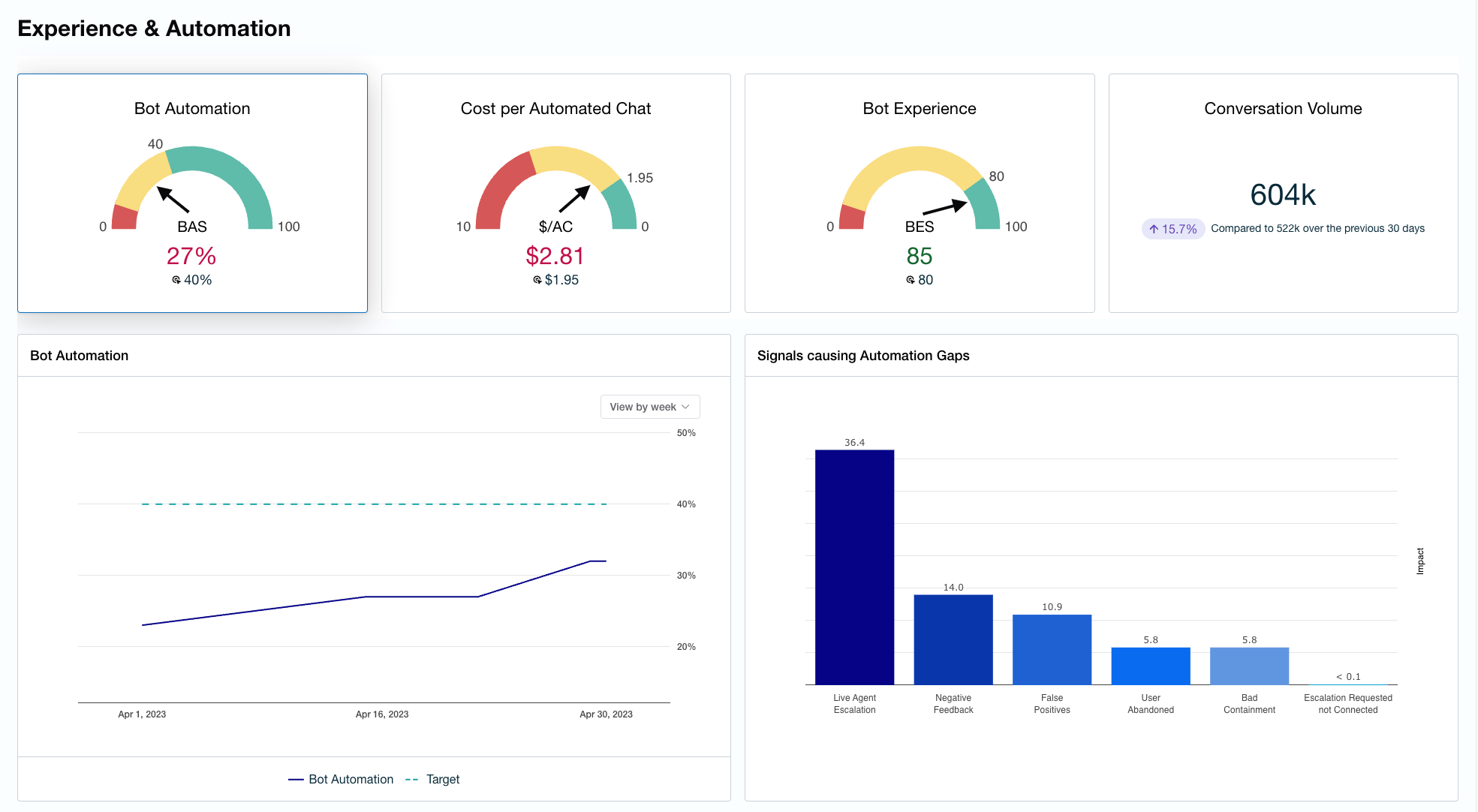Workforce engagement management leader Calabrio this week announced their acquisition of Wysdom.AI. Wysdom has been a pioneer in developing software and services to help companies optimize the performance of their virtual agents. With this acquisition, Calabrio addresses two of its 2024 development themes: increased support for digital interactions and expanded use of AI in the portfolio.
As both Calabrio and Wysdom are privately held companies, financial details of the transaction were not disclosed. Pitchbook reports that Wysdom has received $14.75 million in investments in several funding rounds, the last in 2019 with participation from the Microsoft Accelerator.
I was pre-briefed on the acquisition by Calabrio CMO Dillon Nugent plus VP of product marketing Magnus Geverts and Tim Klein, SVP, corporate development. Klein described the purchase as largely a product and technology acquisition, though Wysdom derives revenue from several major Canadian firms that contract with Wysdom for virtual agent managed services and analytics software. Klein also shared that most of Wysdom’s 60 or so employees will be joining Calabrio; Ian Collins, Wysdom’s founder and CEO, will become the head of virtual agent solutions.
The flagship software-as-a-service solution Wysdom developed has most recently been marketed as Operations Center. It can be best thought of as quality management (QM) analytics for virtual agents. Quality management in a contact center is the process of monitoring, reviewing, and improving every interaction between contact center agents and customers. Wysdom provides this monitoring, reviewing and improvement process for chat bots, and recently added the analytics capability for voice bots.
A picture paints a thousand words, so I will explain further with a look at a Wysdom dashboard. The Bot Automation dial shows that 27% percent of chats begun by customer that were successfully completed by the bot (described as a conversation where the customer solved their problem, very different from “containment” that is so often measured in the bot world).
Now let us jump to the bar chart on the lower right, Signals Causing Automation Gaps. Using AI conversation analysis, Wysdom has categorized the other 73% of chats, the automation gaps, explaining why they were not considered successful.
- For 36.4% of conversations measured, the escalation to a live agent was the primary signal
- For 14%, the signal was customers providing negative feedback
- 9 % of the time the chat bot provided false positives, e.g., misunderstood the customer's intent and gave the wrong answer to the customer's question but thought it was correct,
- 8% of the time the signal was user abandonment
- 8% classified as bad containment, i.e., should have been transferred to a live agent but didn’t
- <.01% escalation requests not connected, the customer asked for an agent but one wasn’t available. The signal distribution chart lets bot managers know the source of performance issues. Then companies can dig into the root causes of each issue
On the top of the dashboard, the Bot Experience Score (BES) measures all conversations over a period of time using another set of signals and produces an aggregate score. Some of the variables used to derive the score are:
- Bot repetition: how often does the bot repeat itself in a given conversation?
- Customer paraphrasing: does the customer make a similar query more than once?
- Abandonment: did the customer leave the conversation before reaching a resolution of the intent.
- Negative sentiment: does an AI model detect negative sentiment throughout the conversation
- Negative feedback: is there explicit negative feedback given to the bot
- Profanity: has the customer used profanity in the conversation
- Multiple requests for “agent”: did the customer type any form of “agent” more than once, asking for - but not getting – escalation
Note that negative sentiment is measured using an AI model but is only one of many “signals” used to determine customer experience. Accurately measuring how well a bot is automating a conversation goes beyond simple containment metrics – often the most widely watched and reported by companies. Containment does not measure whether the conversation met the customer’s needs and customer satisfaction. To accurately assess automation AND customer satisfaction, according to Wysdom, is a delicate balance and requires additional AI model development and training.
At Calabrio’s C3 user event in October 2023, there were two predominant themes. One was to align Calabrio’s product strategy with the industry trend towards digital channels (See Voice for CX is Dying. Long Live Digital Engagement). The Wysdom acquisition squarely supports this goal, by adding WEM functionality for digital interactions via chat or voice bot. In the future, Calabrio sees applying Wysdom’s models to live agent chats as well.
The other theme was to help Calabrio customers, “ride the AI wave.” In addition to the AI used in analyzing bot performance, Wysdom has developed topic modeling, e.g., categorizing interactions into product information, order status, cancel order, etc. For each conversation topic (typically about 100 topics), Wysdom reports on the Bot Automation Score, Bot Experience Score and additional metrics. The Wysdom acquisition adds additional AI-based solutions as well as AI engineering expertise.
Calabrio prides itself on its ability to work with a wide range of contact center and CCaaS platforms. The overlap between Calabrio’s CCaaS partners and the conversational AI platforms that Wysdom works with means Calabrio has a base of clients who have deployed bots that can now add Wysdom capabilities to their existing Calabrio deployment. The Wysdom solution also opens up an addressable market of customers using other bot providers, through its integrations with Amelia, Google Contact Center AI and others.
Want to know more?











